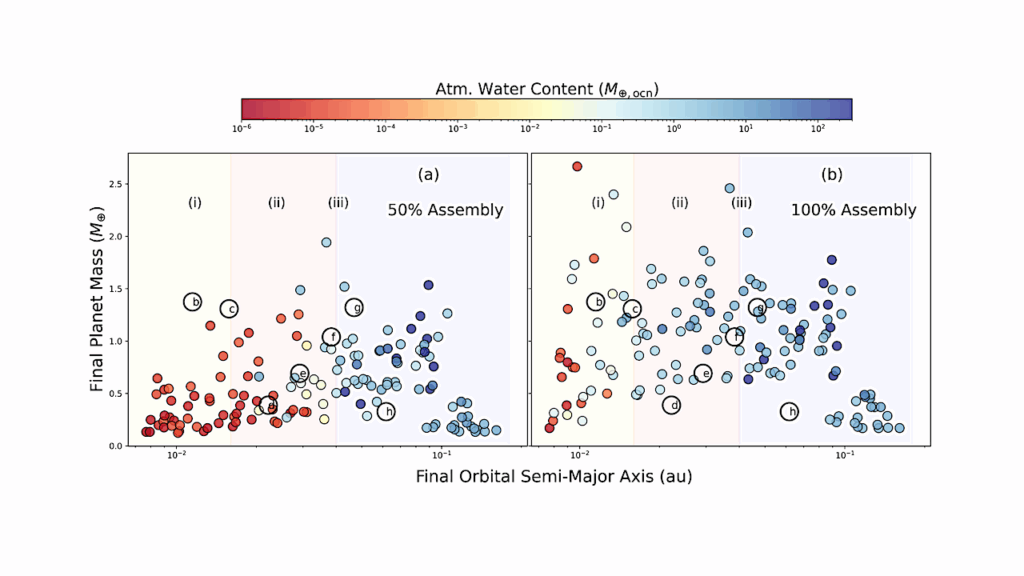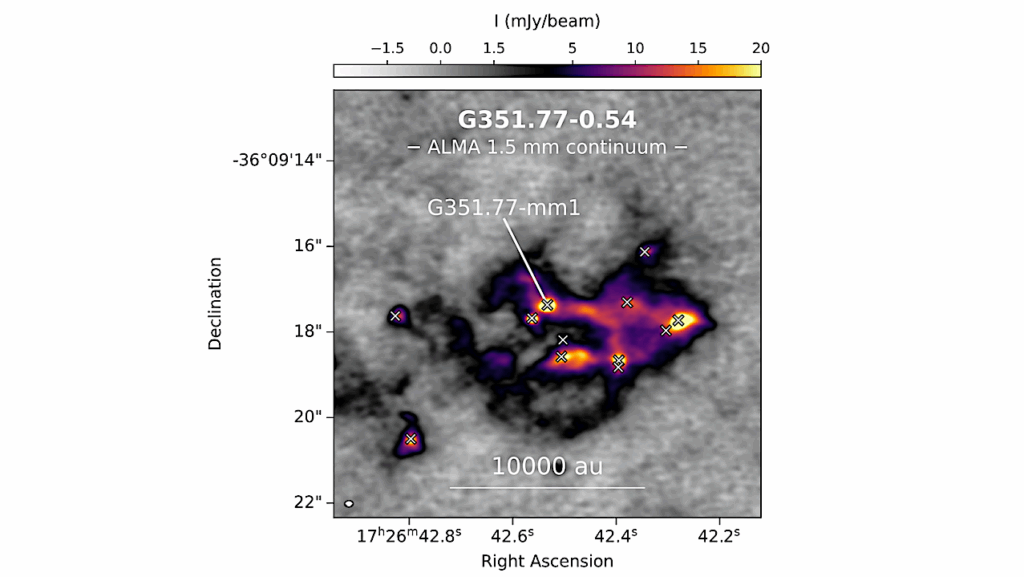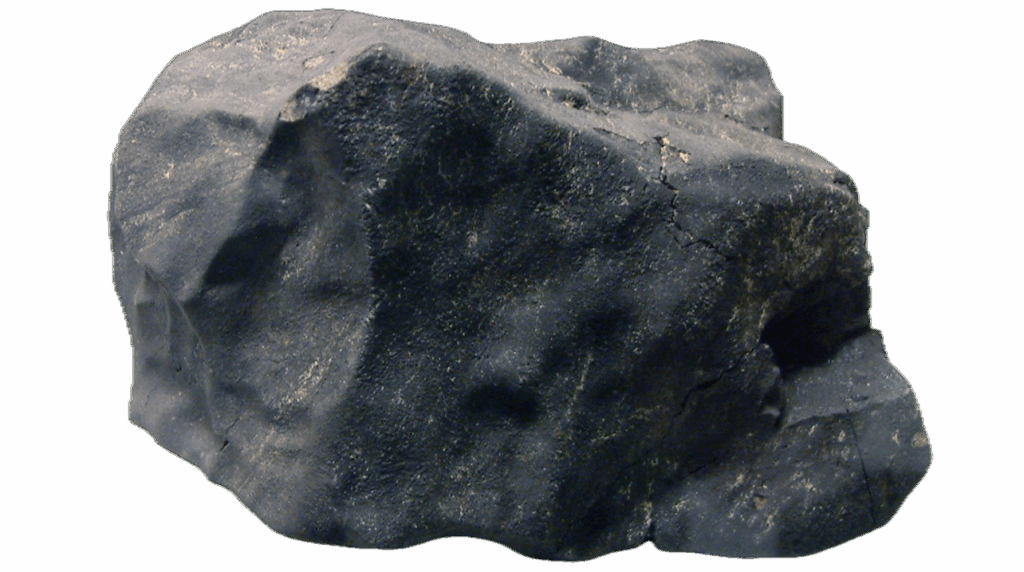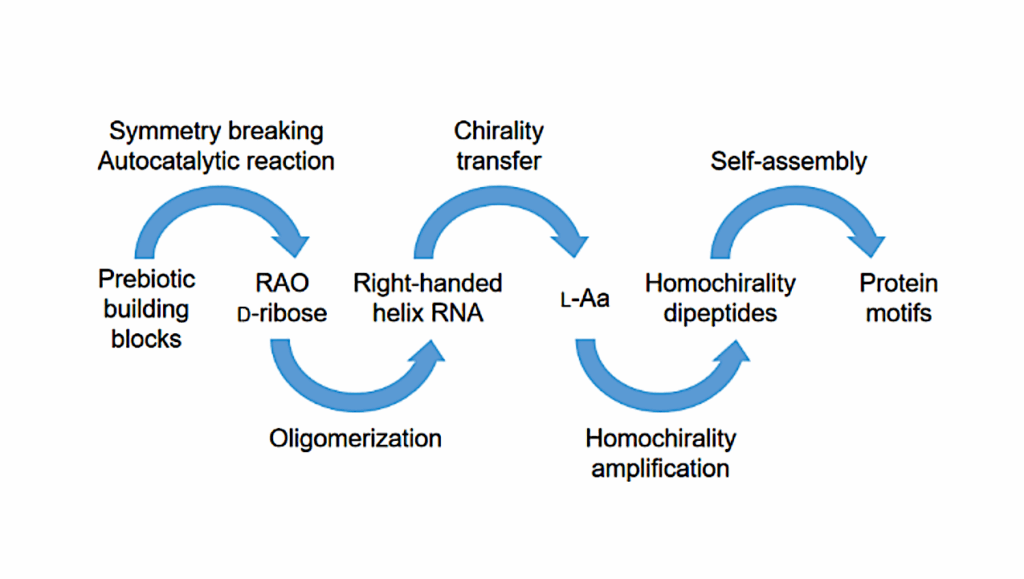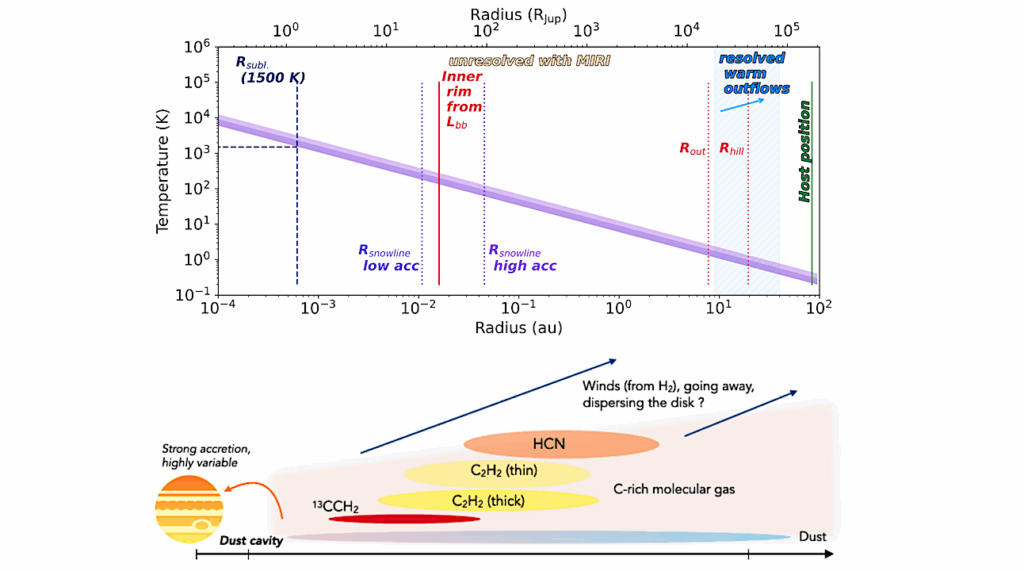Radio Search For Artificial Emissions From ‘Oumuamua

It’s the first time a visitor from another star system has been seen nearby. But what is it? An asteroid, a comet … or an alien artifact?
Scientists at the SETI Institute have attempted to address this question by using the Allen Telescope Array (ATA) to observe ‘Oumuamua when it was about 170 million miles away, or slightly less than the diameter of Earth’s orbit. The intention was to measure artificial radio transmissions which, if found, would be strong evidence that this object is not simply a rock tossed into space by a random gravitational slingshot interaction that occurred in its home star system.
“We were looking for a signal that would prove that this object incorporates some technology — that it was of artificial origin,” says Gerry Harp, lead author of a paper to be published in the February 2019 issue of Acta Astronautica. “We didn’t find any such emissions, despite a quite sensitive search. While our observations don’t conclusively rule out a non-natural origin for ‘Oumuamua, they constitute important data in accessing its likely makeup.”
Following its discovery in October 2017, ‘Oumuamua was the subject of popular speculation about a possible non-natural origin largely because it brought to mind the interstellar spaceship in Arthur C. Clarke’s novel Rendezvous with Rama. Its highly elongated shape and the fact that no coma was observed strengthened this hypothesis for some, as these are uncharacteristic of asteroids and comets.
A recent paper [http://iopscience.iop.org/article/10.3847/2041-8213/aaeda8] published in Astrophysical Journal Letters by researchers at Harvard has also suggested the possibility that ‘Oumuamua is a deliberate construction. The Harvard researchers argue that the slight, unexpected acceleration observed for this object could be caused by pressure from sunlight as ‘Oumuamua swung around the Sun. Their hypothesis is that the object might be a light sail, either deliberately or accidentally sent our way. A deliberate origin is considered somewhat more likely because our solar system is a very small target for any object that is not being aimed.
Such arguments strengthen the importance of observations such as those conducted on the ATA that can constrain the true nature of ‘Oumuamua.
Observations were made between November 23 and December 5, 2017, using the wide-band correlator of the ATA at frequencies between 1 and 10 GHz and with a frequency resolution of 100 kHz. No signals were found at a level that would be produced by an omnidirectional transmitter on-board the object of power 30 to 300 milliwatts. In portions of the radio spectrum that are routinely cluttered by artificial satellite telemetry, the threshold for detection was as high as 10 watts. In all cases, these limits to the powers that could be detected are quite modest — comparable to that of cell phones or citizen band radios.
While no signals were found coming from ‘Oumuamua, the types of observations reported by SETI Institute scientists may have utility in constraining the nature of any interstellar objects detected in the future, or even the small, well-known objects in our own solar system. It has been long-hypothesized that some of the latter could be interstellar probes, and radio observations offer a way to address this imaginative, but by no means impossible, idea.
Reference: “Radio SETI Observations of the Interstellar Object ‘Oumuamua,” G. R. Harp et al., 2019 Feb., Acta Astronautica [https://doi.org/10.1016/j.actaastro.2018.10.046, preprint: https://arxiv.org/abs/1808.09355].
The SETI Institute is a collaborative, multi-disciplinary research organization whose mission is to explore, understand, and explain the origin and nature of life in the universe. Our research encompasses the physical and biological sciences and leverages expertise in data analytics, machine learning and advanced signal detection technologies. We have a passion for discovery and for sharing knowledge as scientific ambassadors to the public, through education and outreach programs. The SETI Institute is a distinguished research partner for government agencies, including NASA and the National Science Foundation, as well as academic institutions, and corporations worldwide.



